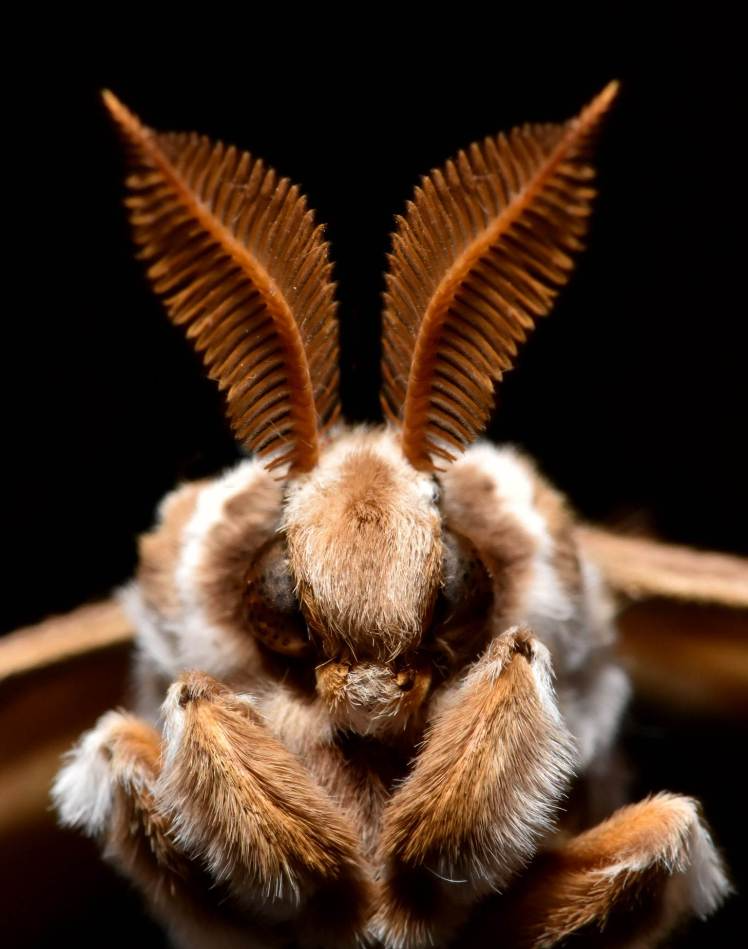Nov 3 2020
What is the connection between a moth and high tech? The link is more than just usual, as the moth has two highly sensitive antennas on its head, which form part of a highly sensitive smelling organ.
 The antennas of the “Samia cynthia” moth. Image Credit: University of Twente.
The antennas of the “Samia cynthia” moth. Image Credit: University of Twente.
These allow the moth to navigate and find a partner. How can such low amounts of pheromone molecules help with that? Scientists from the University of Twente have discovered more about the shape of the antennas and their efficiency at different flight speeds—the moth should avoid flying very fast.
According to the study published in the Proceedings of the National Academy of Sciences, in this way, the moth teaches a few lessons regarding nature-inspired microsensors.
On the head of a butterfly, there are two pectinate antennas, which are highly complex olfactory organs. The visible branches called rami, in turn, have very small hairs that are known as sensilla, which have a diameter of around 3 μm.
This provides a structure that has the ability to capture pheromone molecules from the air, where the sensilla use it to pass chemical data to the moth’s neural system to help select its path. What can be learned from nature if researchers intend to develop sensors with such incredible qualities?
The team analyzed the shape and the impact of the speed of air with respect to the antenna. It is evident that the “navigating qualities” of the antennas do not function well if the speed is too high or too low. To achieve the best performance, the moth must fly at a moderate speed.
Leakiness
Samia cynthia was the species analyzed in this study. The researchers measured the moth’s antennas sizes and then 3D printed one ramus section with the semilla, to perform experiments at different speeds. One of the key conclusions of the study is that “leakiness” plays a vital role in the success ratio.
It is related to the amount of air that passes via the antenna structure as against the maximum amount that would be possible. The moth’s flying speed ranges between 0.5 and 3 m/second, but there is evidently a capturing optimum.
When the moth moves fast, there is a greater flow of air via the antenna structure, but the pheromones do not hit the sensilla, as the “last part” must be performed by diffusion. There is no adequate time for that when the pheromones travel via the antenna. Thus, flying slower is very effective.
Earlier studies revealed that the tips of the semilla improve the capturing, as they collectively develop a kind of “olfactory lens.” It was believed that this connected with the physicochemical behavior at the surface of the tip.
According to this new study, it is described by mass transport conditions rather. There are many kinds of nano- and microsensors that are powered by arrays of cantilevers, inspired by nature.
The study has been carried out in the Robotics and Mechatronics group of the University of Twente (Prof Gijs Krijnen), in collaboration with the Institut de Recherche sur la Biologie de l’Insecte located in Tours, France.
Journal Reference:
Jaffar-Bandjee, M., et al. (2020) Insect pectinate antennae maximize odor capture efficiency at intermediate flight speeds. Proceedings of the National Academy of Sciences. doi.org/10.1073/pnas.2007871117.